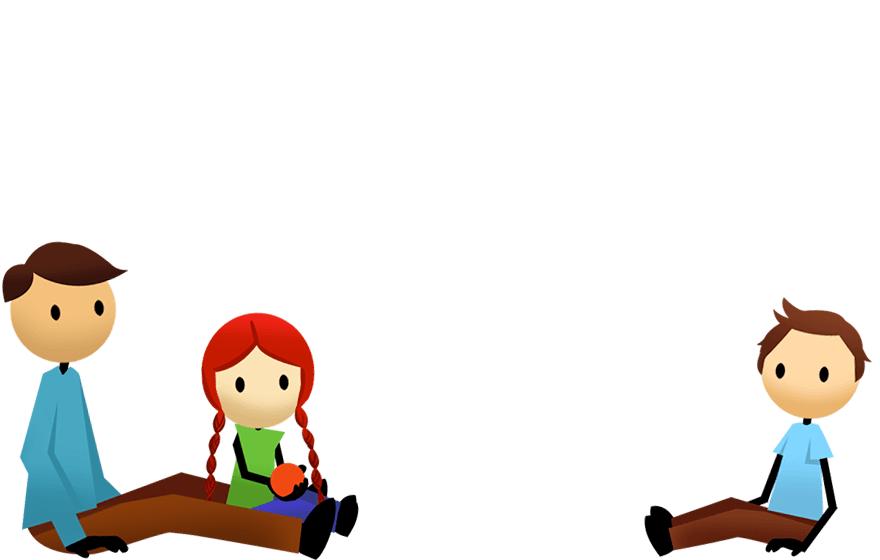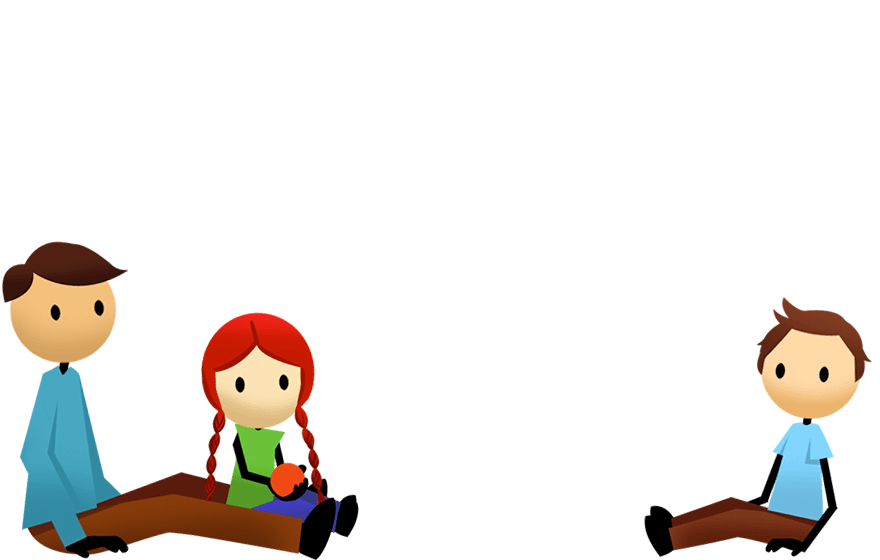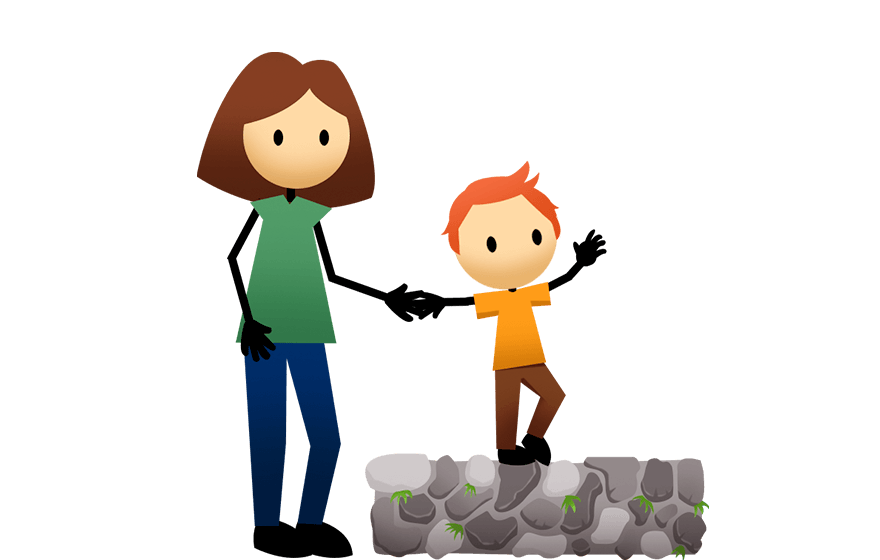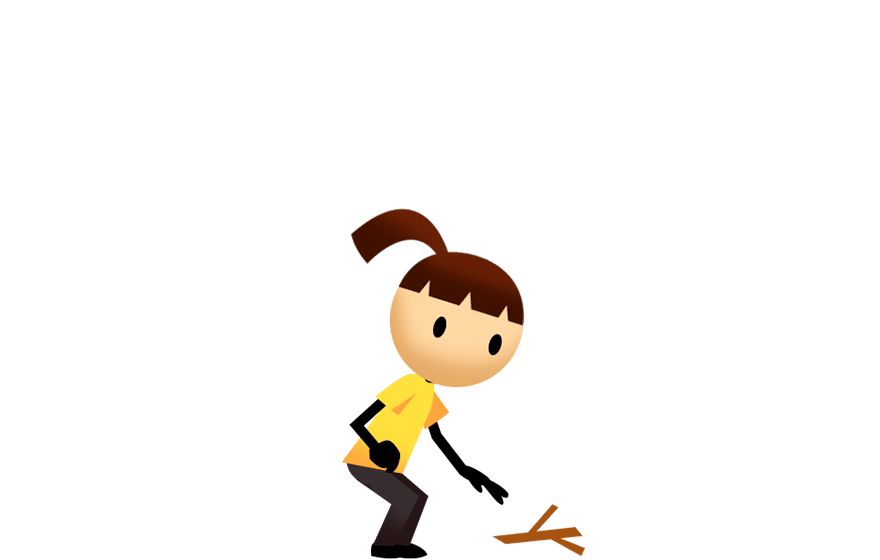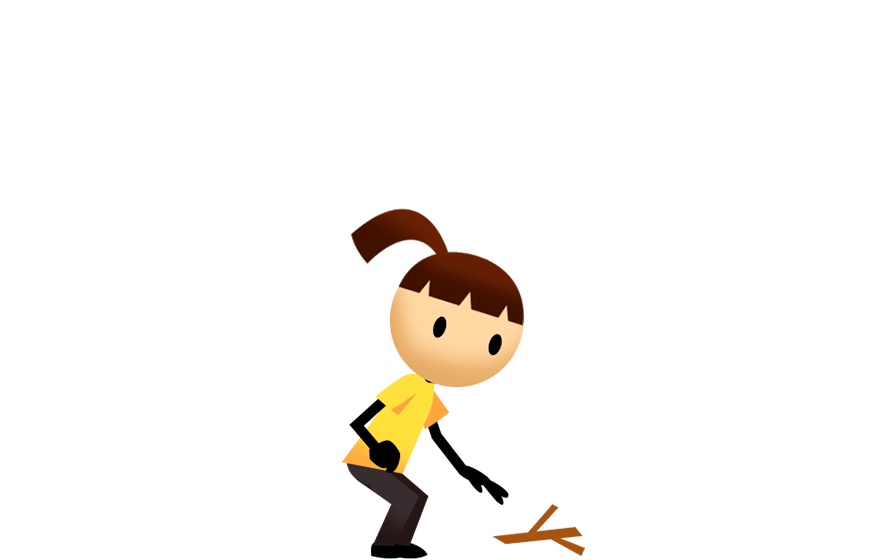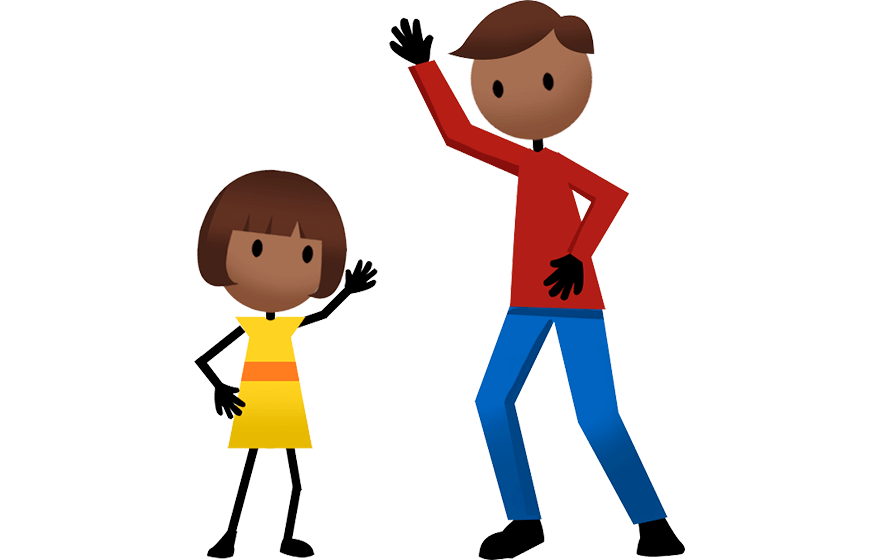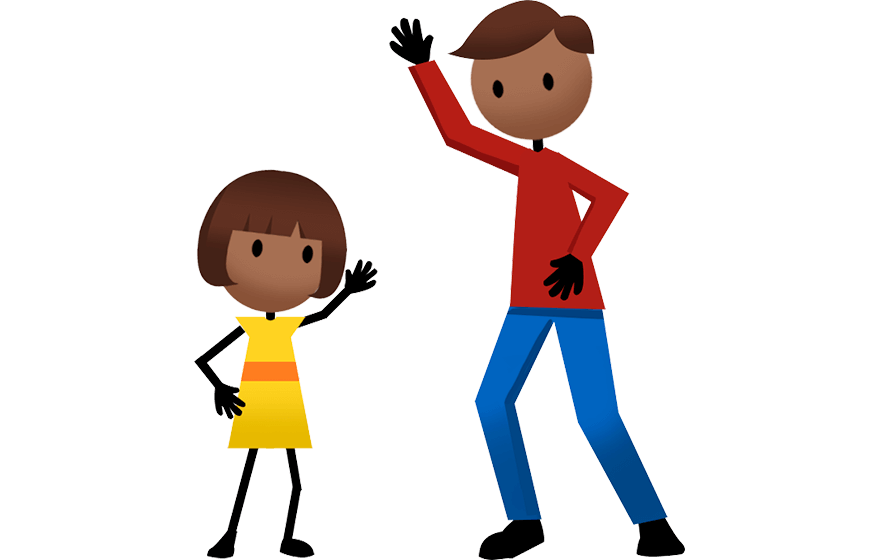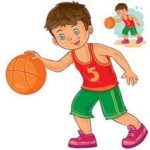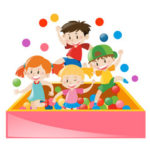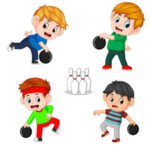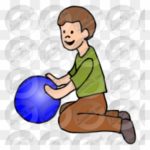
Toddler Biking

Requirements
Instructions
- Go for a walk with your toddler riding alongside.
- Stay on sidewalks of quiet streets and park pathways.TIP: Make sure your child always wears a helmet.
TIP: This basic “wheeling” helps develop balance and leg strength.
Variations
• With toddlers ages 3-4, consider introducing them to a balance bike (two wheels but no pedals)
Benefits
This activity develops balance, coordination, and strength in the legs in preparation for more advanced cycling activities at older ages.


